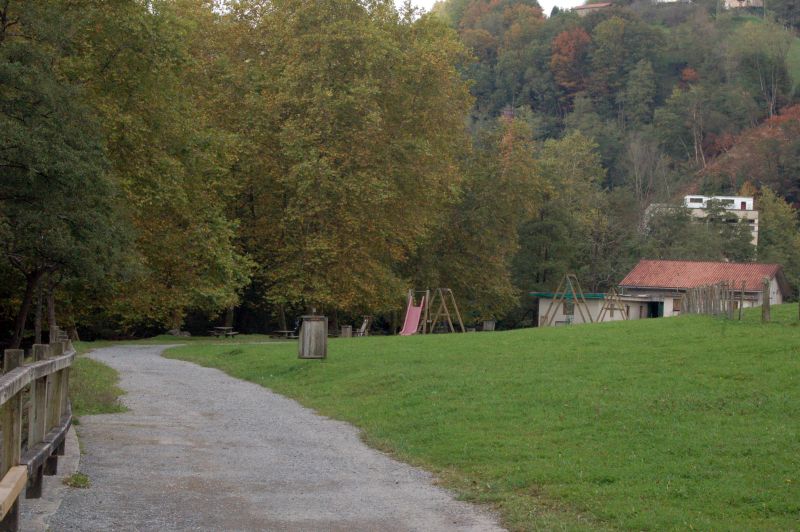
Puntos de Interés

Geology
San Antonio volcano
The San Antonio volcano, located to the south of the municipality of Fuencaliente de La Palma, is one of the most popular volcanoes on the island thanks to its historical and scientific value, which can be seen at the Visitor Centre that bears its name.
It was the scene of one of the seventeen historic eruptions in the Canary archipelago. The eruption began on 17 November 1677, ended on 21 January 1678 and was characterised by the opening of up to 18 eruptive vents. The resulting basaltic lava flows covered an extensive area of 6,500,000 m2, shaping the coastal shelf from Punta Larga in the west to Punta de la Tormenta in the east.
Although this eruption was traditionally linked to the San Antonio volcano, recent studies confirm that the latter is a considerably older volcanic cone. The Fuencaliente volcano is part of the Cumbre Vieja volcanic complex, the youngest geological region of the island, structured in an active eruptive axis in a north-south direction.
This eruption resulted in the loss of four people, significant damage to farmland and the destruction of structures, including the belfry of the Church of San Antonio Abad. However, the most significant impact on the population was the disappearance of the Fuente Santa, a thermal spring said to have healing properties and which was visited by people from all over Europe.
The visitors' centre of this volcano offers a unique educational experience, allowing visitors to learn about the geological history of La Palma and the global importance of volcanic eruptions. The centre also has an area dedicated to the sun and the external solar telescope (TESS), and two trails offering the chance to visit the astronomical viewpoint and hike around the San Antonio Volcano, offering impressive views of the island.


